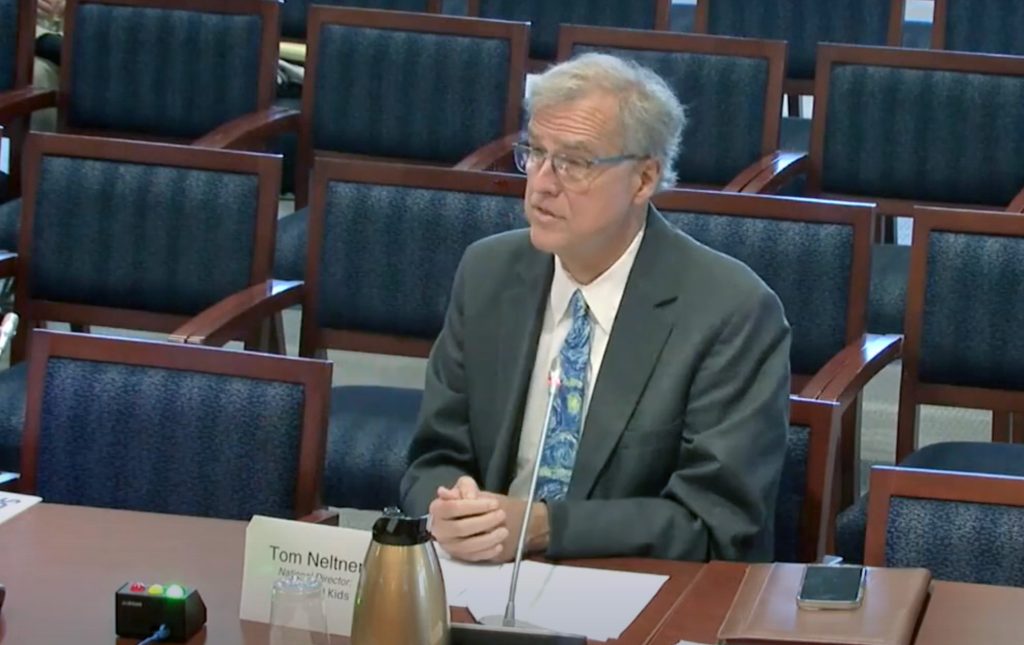
What Happened?
Unleaded Kids joined 10 other organizations1 in asking the Consumer Products Safety Commission (CPSC) to tighten its lead standards for new paint and children’s products consistent with Section 101 of the Consumer Product Safety Improvement Act of 2008 (CPSIA). That law directs CPSC to review the standards every five years and
- Revise downward the lead content limit in children’s products to “require the lowest amount of lead that the Commission determines to be technologically feasible to achieve” for a product or product category, based on the best available scientific and technical information. The current limit is 100 parts per million (ppm).
- Revise downward the numerical limit for lead in paint to “require the lowest amount of lead that the Commission determines is technologically feasible to achieve.” The current limit is 90 ppm.
- Revise any methods for measurement of lead in paint “to ensure that such methods are the most effective methods available to protect children’s health.”
We could find no evidence that CPSC had conducted any of the mandated five-year reviews.
The 11 organizations submitted written testimony April 24 asking CPSC to prioritize the three long-overdue reviews in its Fiscal Year 2025 Operating Plan. On May 8, Unleaded Kids’ Tom Neltner presented oral testimony and responded to commissioners’ questions at the agency’s public hearing. He explained that Ecology Center’s preliminary testing of more than 45 paints with an X-ray fluorescence (XRF) device suggests that levels below 10 ppm are achievable. On May 28, the groups submitted a follow-up letter requesting a meeting to discuss next steps.
Why it Matters
The scientific evidence that exposure to lead harms children and adults, even at extraordinarily low levels, is overwhelming—any measurable level of lead in the blood is associated with adverse health effects. The evidence gets stronger every year, which is why a five-year review is important.
Environmental Protection Agency (EPA) recently released its 10-year review of scientific evidence on the hazards posed by lead, finding a causal relationship between lead exposure and: 1) cognitive effects in children and adults; 2) attention, impulsivity, and hyperactivity behaviors in children; 3) cardiovascular effects and cardiovascular-related mortality; 4) renal effects; 5) development effects; 6) male reproductive function effects; and 7) total nonaccidental mortality.
Our Take
At the public hearing, the five CPSC commissioners heard powerful testimony from parents about consumer products such as water beads and weighted infant blankets that killed or seriously injured their children. They also heard from groups such as Consumer Reports, Consumer Federation of America, American Academy of Pediatrics, Kids in Danger, and the National Center for Health Research that have pressed CPSC for decades to take stronger action to protect children from a myriad of harmful products.2
We support CPSC’s work on those issues and maintain that it can (and, indeed, must) fulfill the Congressional mandate regarding its lead standards at the same time. By preventing lead from contaminating new consumers, we will see benefits to children’s long-term health that are too significant to be delayed another year.
In 2008, Congress established numerical standards for lead content of 90 parts per million (ppm) in paint and 100 ppm in children’s products based on its understanding of the lowest amounts of lead technologically feasible to quantify at the time. It allowed CPSC to adopt those numerical limits without affirmatively determining what was feasible3 but mandated that the commissioners review the lead standards every five years and make an affirmative determination on what can be achieved.
For children’s products, the third-party certification has generated a wealth of testing data that CPSC could use to make an affirmative determination of the lowest amount of lead feasible to quantify. The paint manufacturers also have likely conducted significant testing to ensure compliance with the numerical limits. As a practical matter, manufacturers have an incentive to further reduce lead contamination to avoid risk of potential compliance problems.
CPSC’s current lead-paint standard permits a dangerous concentration of lead to be present in paint that is sold as “lead-free.” For example, one square foot of paint meeting the current 90-ppm limit being dry sanded without collection or filtering—a common practice in home maintenance and renovations—could create a dust-lead hazard on the floors of two average-sized homes.4
Next Steps
Unleaded Kids has asked CPSC to meet by the end of June to learn what CPSC plans to do to comply with the law and drive lead exposure closer to zero. Then, we will press CPSC to move quickly to update its lead standards for paint and children’s products.
Watch Tom’s Oral Testimony at CPSC’s Public Hearing
- The 10 others groups are Alaska Community Action on Toxics, Alliance of Nurses for Healthy Environments, Blue Green Alliance, Earthjustice, Ecology Center, Environmental Defense Fund, Healthy Babies Bright Futures, Learning Disabilities Association of America, The Arc of the United States, and Union of Concerned Scientists. ↩︎
- Go here for all comments submitted to CPSC. ↩︎
- For paint, CPSC adopted the lead limit four months after the CPSIA was enacted without considering what was technologically feasible. See CPSC, Ban of Lead-Containing Paint and Certain Consumer Products Bearing Lead-Containing Paint, Final Rule, 73 Federal Register 77492, December 19, 2008, https://www.govinfo.gov/content/pkg/FR-2008-12-19/pdf/E8-30238.pdf. Three years later CPSC adopted the 100-ppm limit for children’s products stating that “the staff could not recommend that the Commission make a determination that it is not technologically feasible for a product or product category to meet the 100 ppm lead content limit for children’s products under section 101(d) of the CPSIA. No such determination has been made by the Commission.” CPSC, Children’s Products Containing Lead; Technological Feasibility of 100 ppm for Lead Content; Notice of Effective Date of 100 ppm Lead Content Limit in Children’s Products, 75 Federal Register 44463, July 26, 2011, https://www.regulations.gov/document/CPSC-2010-0080-0047. ↩︎
- Based on EPA standards at 40 C.F.R. § 745.65 of 10 micrograms of lead per square foot and an average home size of 2,000 square feet. ↩︎
